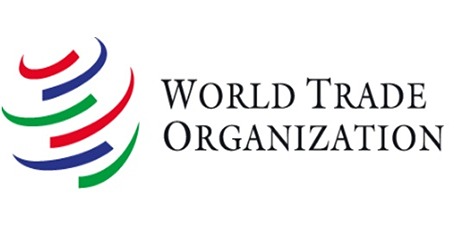In a press release of 10 September 2020, the European Commission presented the 2020 Study and Reports on the VAT Gap in the 28 EU Member States. The report presents figures on the VAT Gap in the 28 EU member states (including the UK) for 2018.
The report notes that the EU VAT Gap was around EUR 140 billion in 2018 which represented a small decrease compared to 2017. The VAT Gap is defined as the difference between the amount of VAT actually collected and the amount that could theoretically be expected to be collected on the basis of a country’s economy and VAT legislation.
The VAT gap can arise as a result of VAT fraud, evasion and avoidance, but can also be increased by bankruptcies, arrears of tax payments and problems with the reporting of figures in the national accounts.
Size of the VAT Gap
The report estimates that the VAT total tax liability (VTTL) for the year 2018 increased by 3.6% while VAT revenue increased by 4.2%, leading to a decline in the VAT Gap. The EU-wide Gap dropped to 11% which is around EUR 140 billion.
The largest VAT gaps by percentage were in Romania (33.8%), Greece (30.1%), and Lithuania (25.9%). The largest VAT gaps in terms of amounts of VAT lost were recorded in Italy (EUR 35.4 billion), the UK (EUR 23.5 billion), and Germany (EUR 22 billion). The smallest VAT gaps were in Sweden (0.7%), Croatia (3.5%), and Finland (3.6%).
Components of the VAT Gap
The VAT Gap is influenced by factors relating to the current economic conditions, institutional environment and economic structure of a country and the measures taken by tax administrations. GDP growth and general government balance explain a large part of the variation in the VAT Gap across time and countries.
Of the factors that are within the control of tax administrations, the share of IT expenditure has the highest statistical significance in explaining the size of the VAT Gap. The VAT Gap is also related to the values of risky imports of goods, which shows the role of fraud in creating the VAT Gap.
VAT Policy Gap
The VAT Policy Gap looks at the effects of multiple VAT rates and exemptions on the VAT revenue that could theoretically be levied in a given VAT system. The VAT Policy Gap therefore indicates the additional VAT revenue that could theoretically be generated if a uniform VAT rate is applied to the final domestic use of all goods and services, on the assumption of perfect compliance.
The report breaks down the VAT Policy Gap into different components of revenue loss, such as the Rate Gap which arises from the application of reduced rates; and the Exemption Gap which measures the loss in VAT from implementation of exemptions.
Some exemptions are beyond the power of policymakers because charging VAT on those activities is impractical or is currently beyond the control of national authorities. Other decisions are within the power of governments to change and these give rise to an Actionable Policy Gap and Actionable Exemption Gap. Statistics for the Policy VAT Gap are presented in the report.
For the EU the average VAT Policy Gap level was 44.24% percent. Of this, 10.07 percentage points were due to the application of various reduced and super-reduced rates and 34.17 percentage points were due to the application of exemptions without the right to deduct.
















